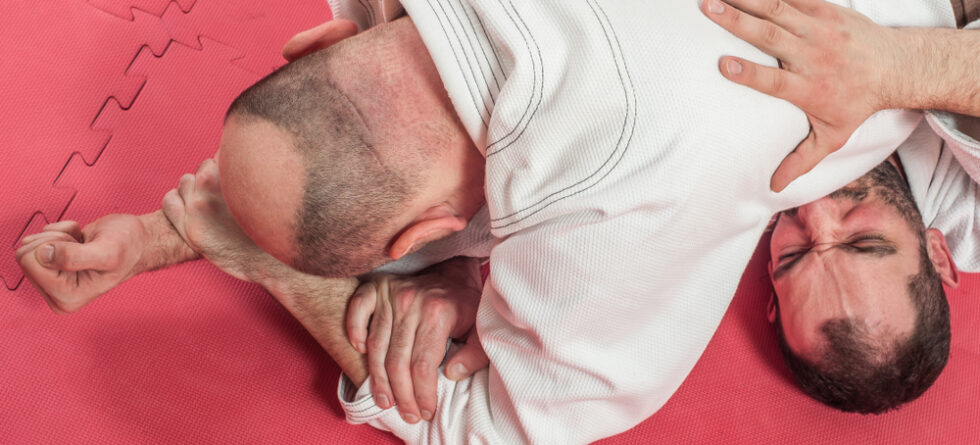Cauliflower ear, a condition characterized by swelling and deformity of the outer ear due to repeated trauma, is common in combat sports like Brazilian Jiu-Jitsu (BJJ).
Steps practitioners can take to reduce the risk
- Wear Protective Gear – Wearing headgear specifically designed to protect the ears, such as wrestling ear guards or BJJ-specific ear guards, can help minimize the impact of friction and blunt force trauma during training or competition.
- Focus on Technique – Emphasizing proper technique during grappling exchanges can reduce the likelihood of accidental strikes or friction against the ears, which can lead to injury.
- Communicate with Training Partners – Open communication with training partners is essential to ensure that techniques are applied safely and responsibly. Alerting partners to discomfort or potential risk of injury can help prevent accidental trauma to the ears.
- Take Breaks When Needed – Giving the ears adequate time to rest and heal between training sessions can help prevent exacerbation of existing injuries and reduce the risk of developing cauliflower ear.
- Seek Prompt Treatment – If minor ear trauma occurs, seeking prompt treatment from a healthcare professional, such as draining fluid buildup or applying compression, can help prevent the progression of the cauliflower ear.
- Consider Technique Modification – Certain techniques, such as those involving heavy pressure on the head or ears, may increase the risk of the cauliflower ear. Modifying these techniques or avoiding excessive pressure on the ears can help reduce the likelihood of injury.
While these measures can help minimize the risk of cauliflower ear in BJJ, it’s necessary to acknowledge that the nature of the sport inherently involves close contact and the potential for ear trauma. As such, some degree of risk may always be present, and practitioners should be mindful of their training environment and take proactive steps to protect their ears while engaging in the sport.



